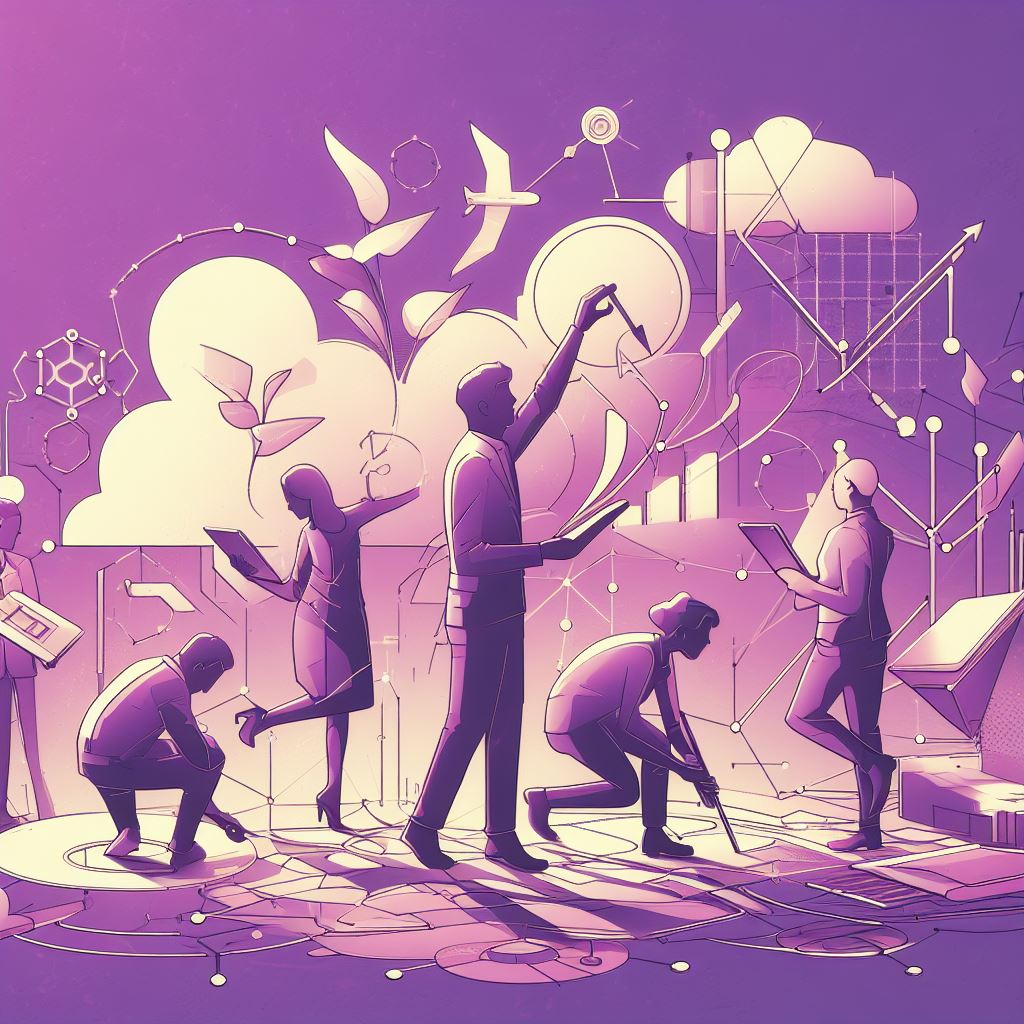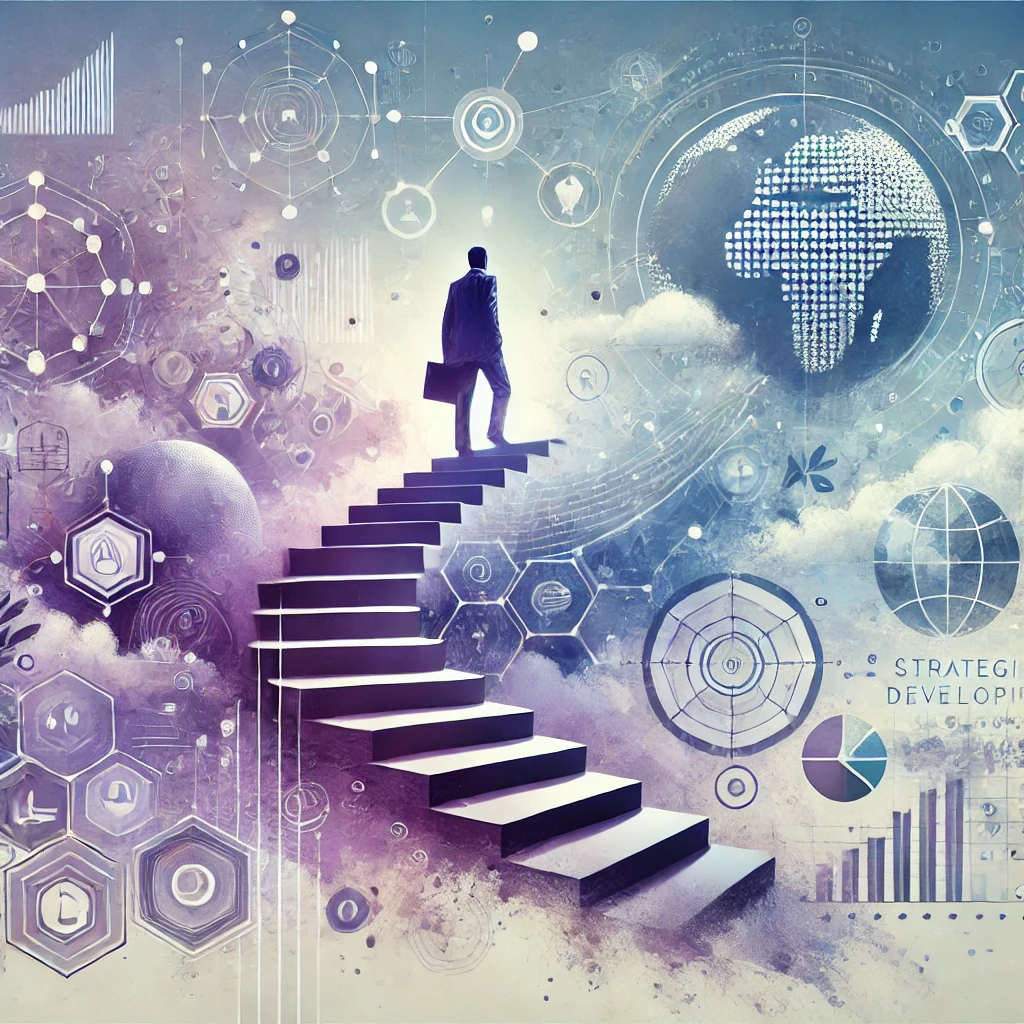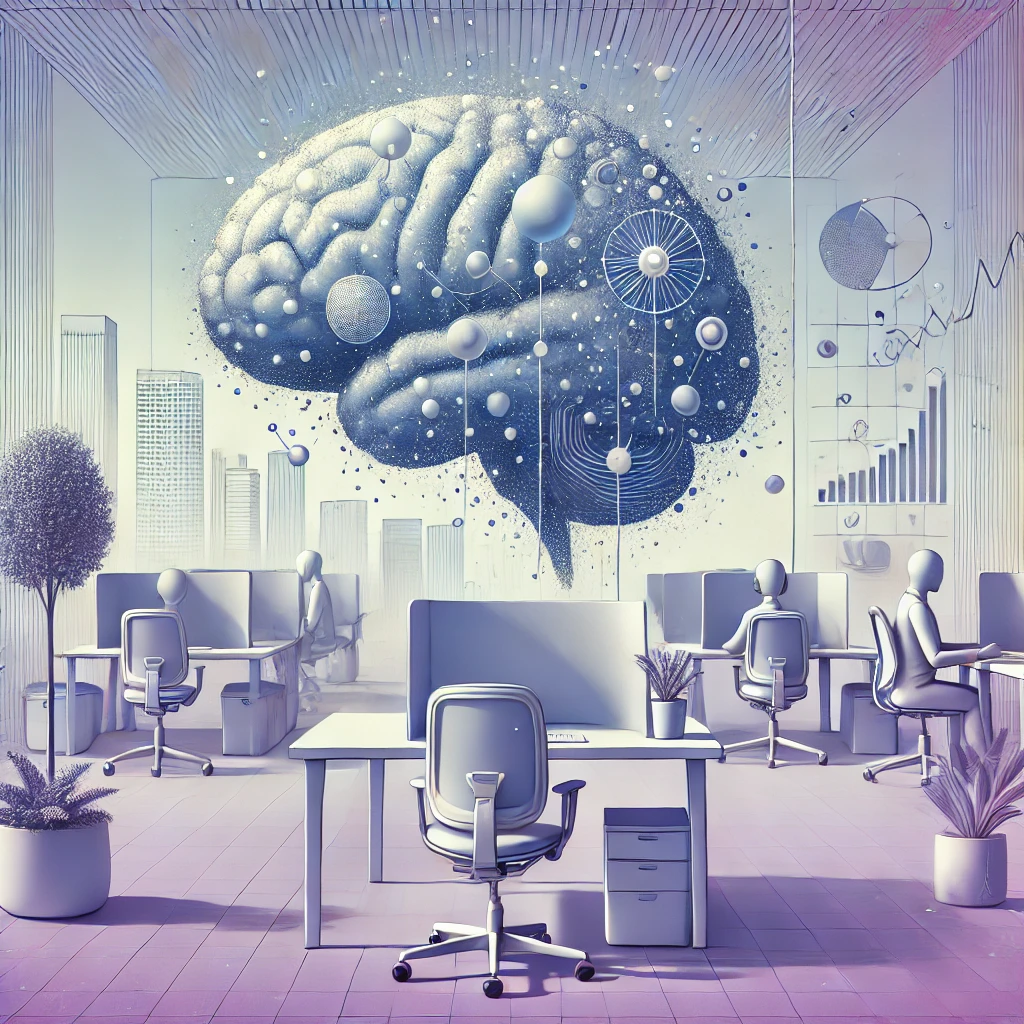Employee Satisfaction: How HR Automation and Learning Opportunities Drive It
In the ever-evolving landscape of modern business, Employee Satisfaction emerges as a cornerstone of organizational success. It’s a multifaceted concept, deeply intertwined with the efficiency of HR Automation and the richness of continuous learning opportunities. This blog post delves into how integrating these three key elements can create a harmonious and dynamic workplace. Driving both – employee fulfilment and business growth.
Employee Satisfaction: The Core of a Thriving Workplace
Employee Satisfaction is more than just a metric; it’s the heartbeat of your organization. It reflects how valued and engaged your employees feel in their roles. High levels of satisfaction lead to increased productivity, lower turnover rates, and a positive company culture. To truly understand and enhance Employee Satisfaction, organizations must listen to their employees’ needs and respond with meaningful actions.
HR Automation: A Catalyst for Employee Satisfaction
HR Automation plays a pivotal role in shaping Employee Satisfaction. By automating routine tasks, HR teams can focus on more strategic, people-focused initiatives. Automation tools like AI-driven HR platforms can provide insights into employee engagement levels, streamline feedback processes, and ensure that employees’ concerns and suggestions are addressed promptly. This not only improves operational efficiency but also demonstrates to employees that their time and contributions are valued.
Continuous Learning: Fueling Satisfaction and Growth in the Workplace
In today’s fast-paced work environment, Continuous Learning is essential for keeping employees engaged and satisfied. Providing opportunities for professional development and skill enhancement shows employees that the organization is invested in their career growth. This can be achieved through e-learning platforms, regular training sessions, and career development programs, all tailored to meet the diverse needs of your workforce.
Researchers found that professional development is as crucial as compensation and vacation days for job satisfaction. It’s so valued that over half of surveyed employees indicated they would leave a job if it lacked adequate professional development opportunities.

Integrating HR Automation with Continuous Learning Strategies
The integration of HR Automation and Continuous Learning strategies can significantly boost Employee Satisfaction. Automated systems can help identify skill gaps and learning opportunities, making it easier to offer targeted development programs. Additionally, HR automation can facilitate personalized learning paths for employees, allowing them to engage in self-directed learning at their own pace.
Measuring the Impact on Employee Satisfaction
To gauge the effectiveness of these initiatives, regular assessment of Employee Satisfaction is crucial. This can be done through surveys, interviews, and feedback sessions, all streamlined through HR automation tools. These insights can then be used to refine strategies and ensure that they align with employee expectations and business objectives.
First impressions are crucial, but surprisingly, 32% of employees receive no feedback from their manager during their initial three months. Regular meetings early on are essential to inform employees about their performance and areas of excellence.
Conclusion:
Employee Satisfaction is not a static goal; it’s a dynamic process that evolves with your workforce. By harnessing the power of HR Automation and fostering a culture of Continuous Learning, organizations can create an environment where employees feel valued, engaged, and motivated. This holistic approach not only enhances Employee Satisfaction but also drives innovation and growth, paving the way for a resilient and successful future in the competitive business world.









